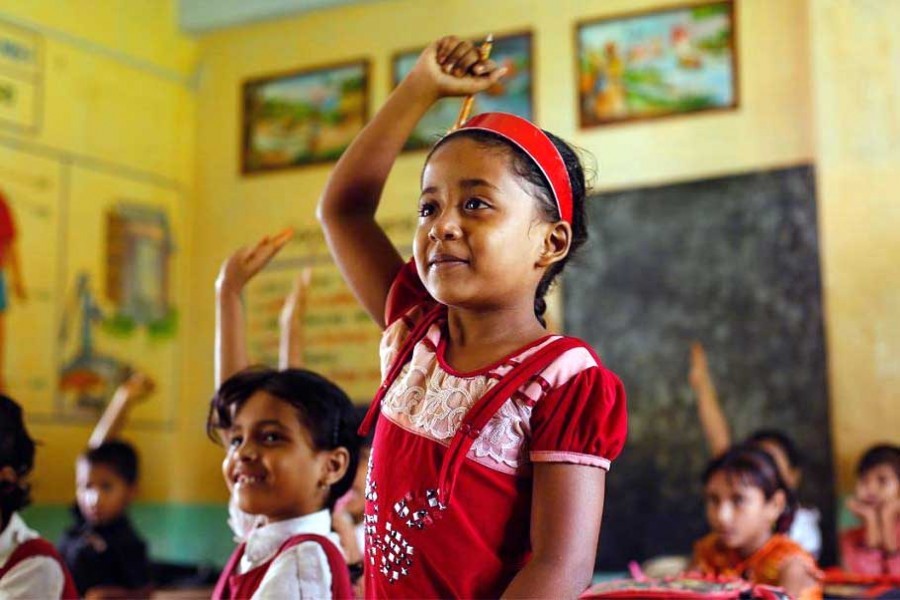Less than one per cent people in Narayanganj live in extreme poverty, reveals a joint survey on the state of poverty.
In this administrative district near Dhaka, it finds, about one-fifth (18.42 per cent) of the children and juvenile aged between six years and 15 years do not go to school.
Madaripur and Munshiganj districts – two major concentrations of remittance earnings – have been placed second and third income-wise although their rates of school-going children are higher than that of Narayanganj, according to the survey conducted by the General Economics Division, Bangladesh Institute of Development Studies and University of Bath, the UK.
On why the richest district in terms of income is the least interested in education, BIDS researcher Zulfiqar Ali said Narayanganj is the district where there are a lot of mills and factories that offer working opportunities. “It may not be true that guardians would certainly send their children to school only because of higher income. Rather,many guardians send their children to workplaces, thanks to abundance of income opportunities,” he told Bangla daily ProthomAlo.
Northern Kurigram is still the poorest district with 54 per cent people considered hardcore poor. It has been followed by Bandarban (50 per cent) and Dinajpur (45 per cent).
However, Sunamganj has topped the list in terms of least availability of resources as 67 per cent people do not possess more than one asset. Such rate is 59 per cent in Cox’s Bazar and 56 per cent in Bandarban.
Khulna has the highest level of income inequality in the country. It has been followed by Pirujpur, Kushtia and Naogaon.
The survey has also found that the rate of extreme poverty among Muslims is 11 per cent, 14 per cent among Hindu community people, 21 per cent among Christians and 22 per cent among Buddhists.
The survey was conducted to determine poverty based on income. Bangladesh is yet to start measuring poverty with multidimensional yardsticks.
Bangladesh, alongside other nations, has agreed to estimate poverty rates based on Multidimensional Poverty Index, in keeping with the UN Sustainable Development Goals (SDGs), State Minister for Planning Shamsul Alam was quoted to have said.
“Through the latest survey, we can understand where Bangladesh is staying in terms of poverty. However, we will next time carry out survey to measure poverty through multidimensional indices, dropping the current method of conducting survey based on income only,” he added.


